The Estonian archaeologist, Marika Mägi, argues that the Baltic Finns – the people who lived in the territories of modern Finland and Estonia – were Vikings, too, but the world ignores this fact.
This article is published in collaboration with Research in Estonia.
A scientist’s long crusade for making the world see the hidden part of the Viking history.
The Estonia and Denmark-based Tallinn University archaeologist, Marika Mägi, has spoken about the Viking Age sailors for many years, but still compares it with banging her “head against the wall”.
It is because she does not speak about the Norsemen, the Scandinavian Vikings, but the ones who lived a bit to the east, along the eastern Baltic Sea shores. And this is often uncomfortable to hear for other scientists and Viking experts, because it forces them to rethink their knowledge. If the world would accept the crucial role of the Baltic region in Viking communication, many stories would have to be retold and many knowledge gaps refilled. And that’s hard work.
When Mägi points out that they missed a piece in the puzzle, her listeners politely nod and go on ignoring the region. Why make the effort?
The Baltic region, as usual, is seen like an empty void between Scandinavia and Russia.
But this is simply not the truth.
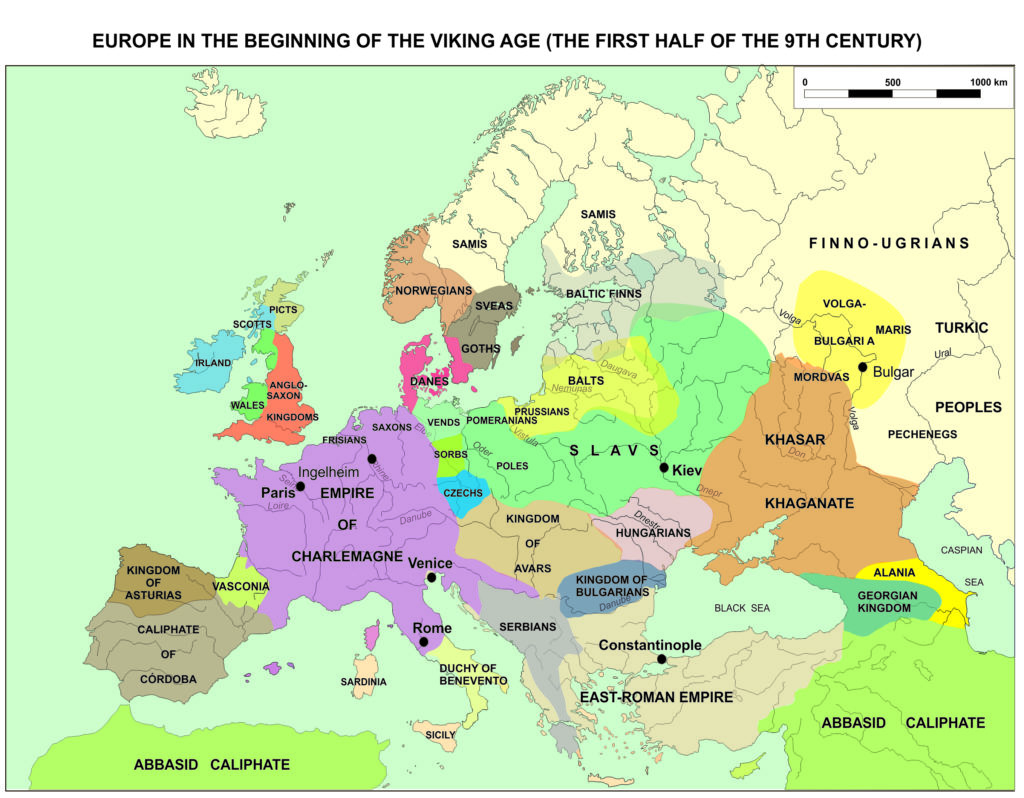
Vikings could not have reached the modern Russian territory without passing through the Baltic shores. Russia simply did not have any accessible coastline between the ninth and 11th centuries, the golden Viking era. The small strip of land near Estonia and Finland was swampy and sparsely populated by the Baltic Finns. Usually scientists agree with this fact.
Then why are Russians taking such a central role in Viking stories? What if some of these events took place in the modern Baltic territory instead?
Mägi thinks this is the case for some of the Russia-based sagas – traditionally carried on tales the popular Netflix series, “Vikings”, brought to life. Events in sagas that depict the Viking eastern activity in the eighth-ninth centuries largely take place on the Eastern shores of the Baltic Sea, Mägi concludes from her sources.
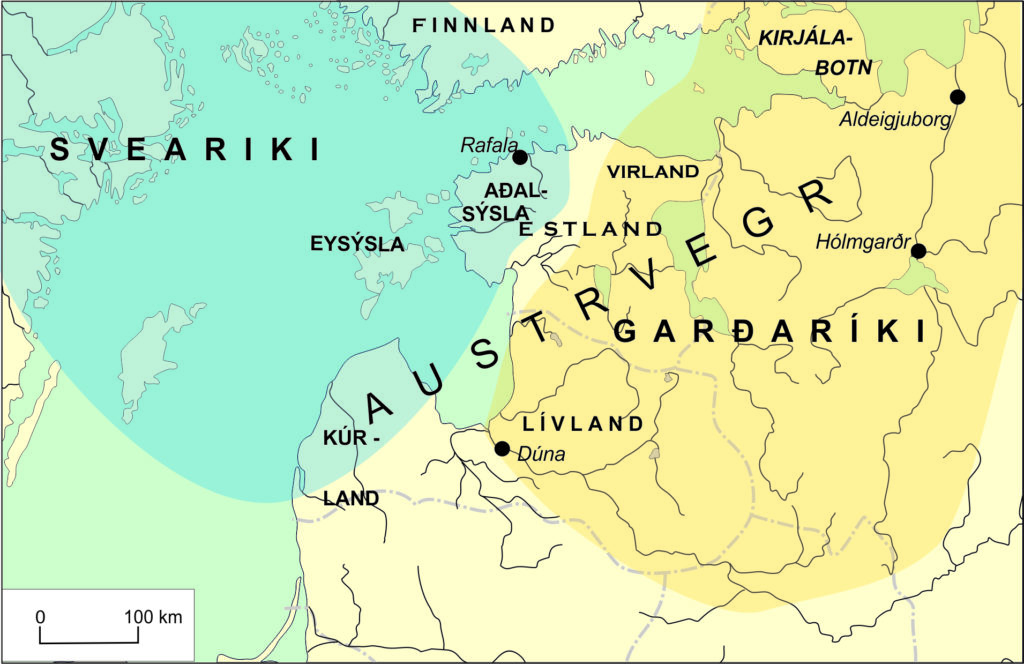
You do need the sea to be able to sail, after all. And the Baltics lived by the sea, not Russians. Estonia’s coastline is 3,794 kilometres (2,400 miles) long and its maritime tradition has been strong throughout centuries. The same goes for other areas once inhabited by the Baltic Finns.
Or another example: when archaeologists find valuables in Russia, they automatically presume they are Scandinavian. The Baltic Finnic warriors’ weapons and jewellery were indistinguishable from the ones from eastern Sweden or Gotland.

To put it simply, coastal warriors, who lived in modern Estonia, Finland and Latvia were also Vikings, and both archaeological as well as written sources prove it. Mägi spent decades collecting them.
Then she wrote a book about it. Ten years and 512 pages later, “In Austrvegr: The Role of the Eastern Baltic in Viking Age Communication across the Baltic Sea“ was published by the Dutch publishing house, Brill.
Brill’s acquisitions editor for Medieval Studies and History of Warfare, Kate Hammond, pointed out that dozens of academic libraries throughout the world ordered Marika Mägi’s book within two years. It can be found in libraries from Oxford to Stanford and from Malta to Australia. The book has even been ordered to Nigeria and cities like Paris, Berlin, Berkeley and New York. The list is long.

“Baltic” is not actually Baltic either
But one needs to understand what Baltic means when speaking of the Baltic Vikings. There are plenty of misconceptions about this area.
Mägi refers to the Baltic Finnic as the people who lived in the territories of modern Finland and Estonia, as well as the northwestern part of Russia, and a great part of Latvia. The “Baltic” peoples, on the other hand, are ethnic Balts, inhabitants of what is now Latvia and Lithuania.
To Mägi, Vikings are not an ethnicity. It refers to more like a profession or an activity where one would go on a crusade as a Viking. It is like the soldiers nowadays.
Mägi compares Vikings with the knights who, despite the location, shared the same values and code of ethics. There was no difference between the Italian and the German knights. Ethnicity did not play a role as much as the warrior’s social status.
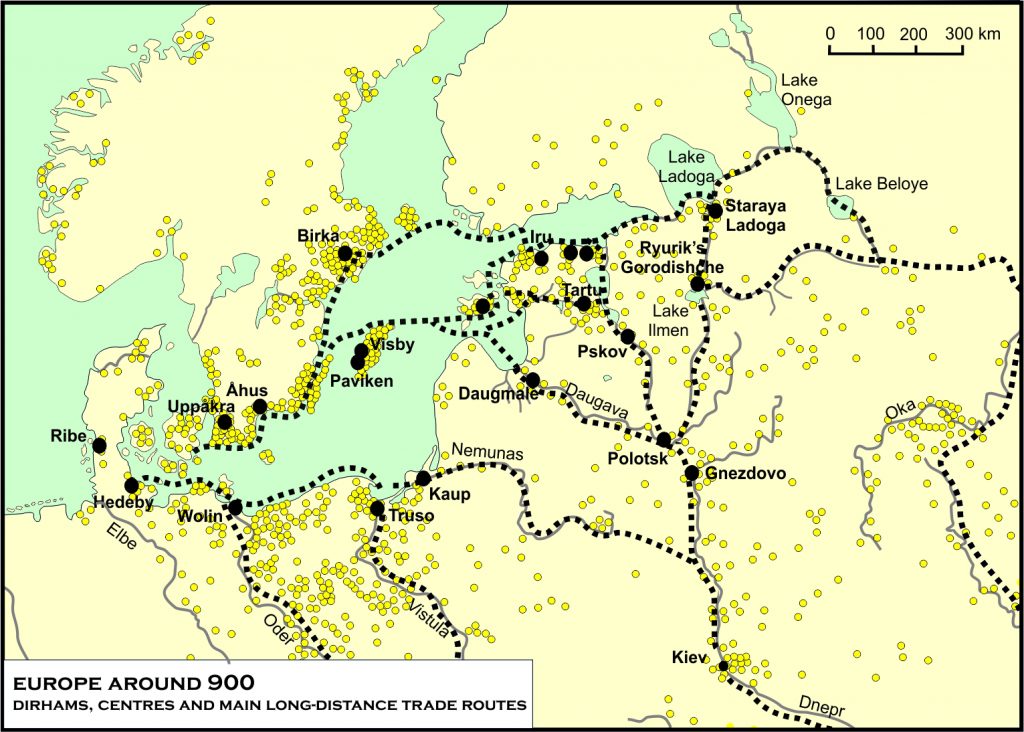
The Viking influence reached the Baltic Finnic coastline in around the eighth century. The warriors adapted to the Scandinavian culture up to a point where it was almost impossible to distinguish them: the jewellery, weapons, ships, settlements, harbours…
The Viking Age Estonians did not have the tradition of burying the dead with artefacts, which made it look like not much was going on, even if there were plenty of other findings.
“You cannot presume all the things found in Estonia belonged to foreigners,” Mägi said. “There was a cultural blending.”
Then why ignore Estonia?
With all the evidence there, why do so many archaeologists as well as filmmakers, writers and other Viking-era fans slide over the Baltic-Finnic region?
Mägi thinks it is because the Estonians missed the moment. Vikings became popular in the wave of national appraisals all over Northern Europe at the end of the 19th century. Scandinavians started looking at pirates as their heroic ancestors. Many books and plays were written about them.
Only after the liberation from the Soviet Union, could Estonians start speaking of their findings on the matter. This was a bit late. By then, the world had already drawn an equation mark between Scandinavians and Vikings. The story was already being told, the souvenirs with horns sold and t-shirts printed in Scandinavian capitals. All the while Estonians and Latvians were working hard to rebuild their countries and identities.
At the same time, it is not helpful that the Baltic historical studies and books are often published in local languages and difficult for the foreign scientists to follow or even find.
Why does it all matter?
Mägi’s book brought her two of the highest awards for an Estonian archaeologist: the Estonian State Award for Research in the field of humanities and the annual Early Slavic Studies Association’s Book Prize.
“It’s undoubtedly an important event for Estonian archaeology,” Valter Lang, the head of the Tartu University Archeology and History department, said. “Small regions are often overlooked, because of a misconception that there’s not much happening there.”
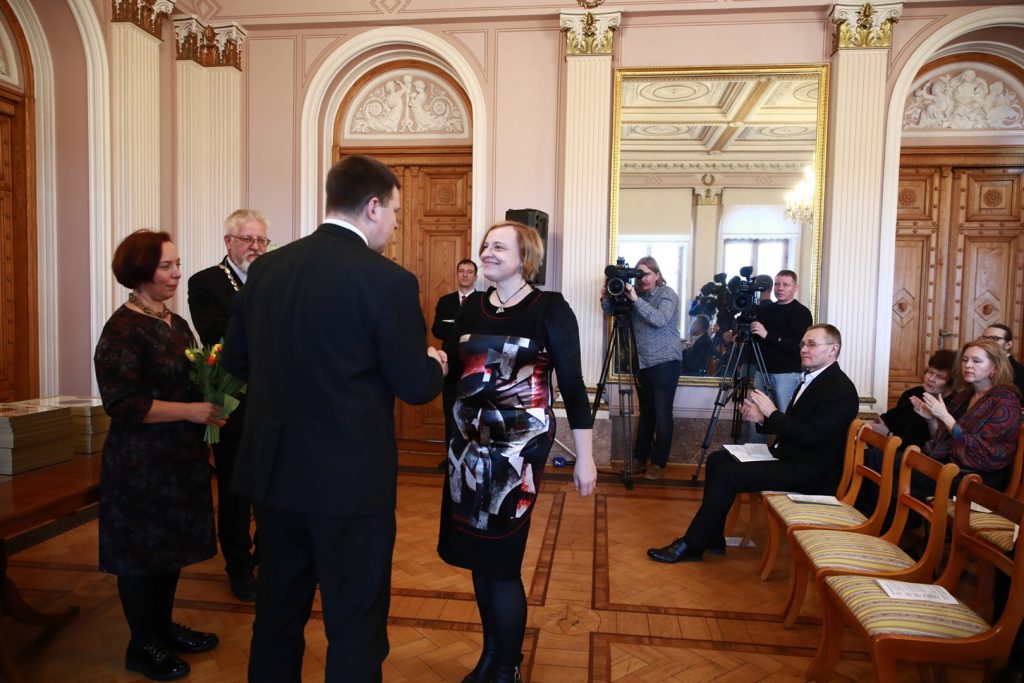
Mägi’s book made it easy for those interested in the Viking Age to also have a peek at what happened in the Baltic region. The full story is there between those covers. “Based on what we have now, I think I exhausted all the sources for myself,” she said.
It is extremely difficult for a small country to make itself heard, even though most countries in the world are small.
But only a few people would go the lengths Marika Mägi did to make herself and her small homeland’s story heard.
Cover: “Guests from Overseas” (1901) by Nicholas Roerich, depicting a Viking raid. Public domain (Wikipedia).

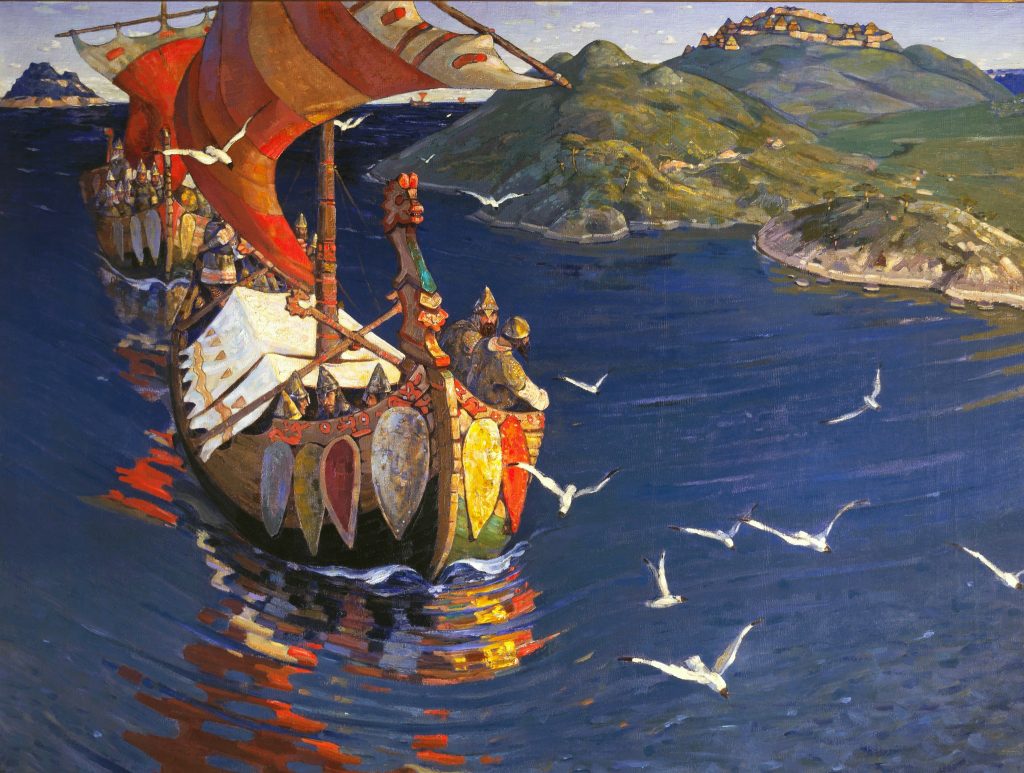
I am a Finn, born in Finland, but have lived most of my life in Canada. Have visited your country of Estonia at least half a dozen times. Love it!
Great article you have written!
John Laari
I would like to know: who painted the picture at the top of this article?
I live in Edmonton,Alberta, Canada ,.I have been doing my Ancestry for 4.5 years and we have lots of Finnish in our DNA and family roots . Enjoyed your writing , hope to see more soon. Wayne